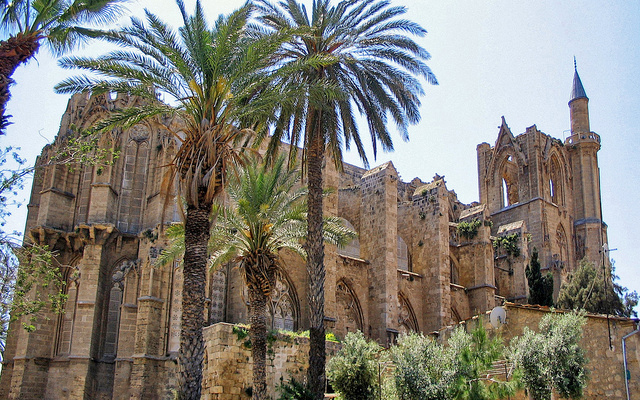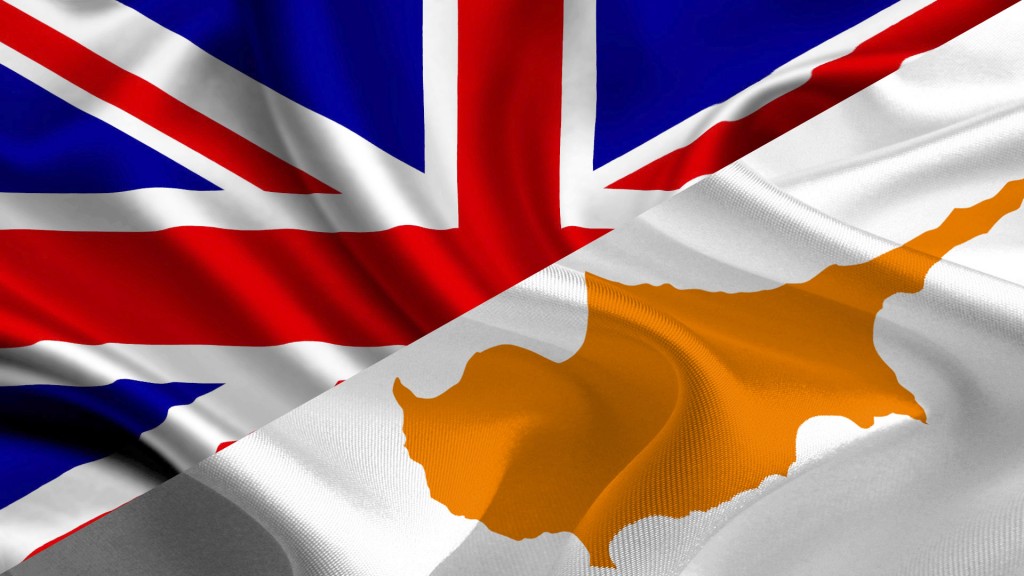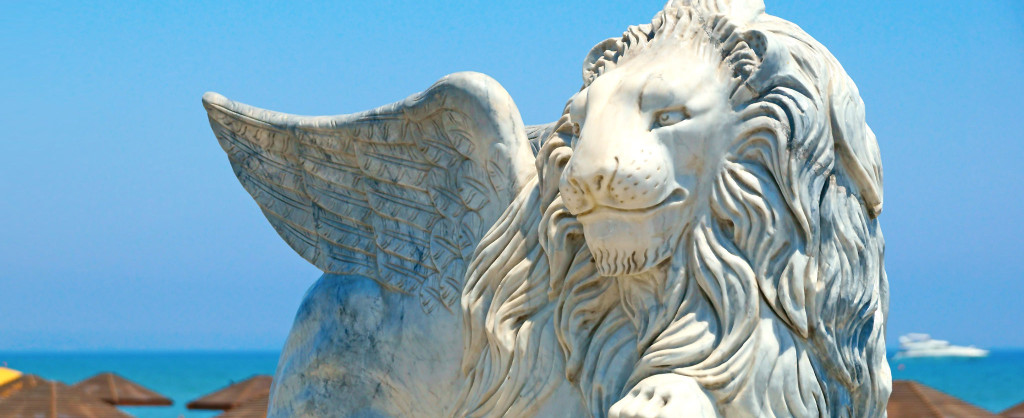Almost for a hundred years (from 1489 to 1571) Cyprus remained a part of Venice. The Ottoman threat forced the Venetians to improve the defense of the island. In the island’s capital Nicosia, the Venetians destroyed the old French walls and reduced the area of the city for a more effective defense. The entrance to the city was limited to three gates: the Kyrenia Gate, the Paphos Gate and the Famagusta Gate.
Under the Turkish rule

The new bastions of the Venetians, however, could not protect Cyprus from the attack of the Ottoman Empire. In 1570 the Turkish troops landed in Cyprus, Nicosia was occupied and about 20 000 inhabitants were killed. The siege of Famagusta continued for the whole following year.
Despite the dedicated defense, in 1571 the city in Cyprus was handed over to the Turkish pasha Mustafa Lale, who, even though promised to free all the defenders from the fortress, then gave the order to brutally deal with the garrison commander Mark Antony Vragadinom. He himself and other brave soldiers were subjected to cruel tortures.
The Latin clergy was either banished from the territory of the island or converted to Islam, but the Orthodox Church maintained its position, and the supreme power of the Ottoman representative recognized the Archbishop of the Greek people, who professed the orthodox faith. The principle of the dragonman was introduced, which was the link between the Greek people and the Turkish authorities of the island.

In 1821, at the beginning of the revolution in Greece, in Cyprus the Archbishop Kiprian and other Orthodox clergy, as well as hundreds of civilians were killed (July 9th, 1821). Many Christian churches were converted into mosques (St. Sophia in Nicosia, St. Nicholas in Famagusta, and others).
Public baths (hammams) and inns were also built during this period, asa well as the only road that connected Larnaca to Nicosia.
The English rule

In 1923, Turkey signed an agreement in Lausanne, under which it renounced all rights over the Cyprus government, and in 1925 the island became a British colony. With the arrival of the British, a radical change in the system of management began and formed the basis for the creation of the public services system. Updating the court system, an incorruptible legal system was introduced and the position of judicial officials was strengthened. Thus, the abuse of power and self-government bodies, which was a massive disaster in the years of the Turkish rule, came to an end.
During World War II, Cypriot volunteers fought in Greece, as well as participated in the battles as part of British forces. After the war however, the United Kingdom refused to give Cyprus the right of self-determination, which was given to other countries.
The battle for independence
At the beginning of the liberation movement in 1955, Britain invites Greece and Turkey on a three-day meeting concering the political situation on the island. The meeting did not bring the desired results.
This was followed by a series of Greek-Turkish negotiations,
Under this treaty, in August 16th, 1960 Cyprus was proclaimed an independent republic. Cyprus has also become a member of the United Nations, the European Union and the Movement of Independent States. According to the agreement of Zurich – London, the United Kingdom retains two military bases with a total area of 158.4 km in the area of Dhekelia and Akrotiri – Episkopi in Cyprus.
Since then, the beginning of the island’s new history as an independent state was ignited, in which many difficult moments were yet to come. But even in the most difficult times the islanders managed to retain their culture, religion, love for the island and inexhaustible vitality.
